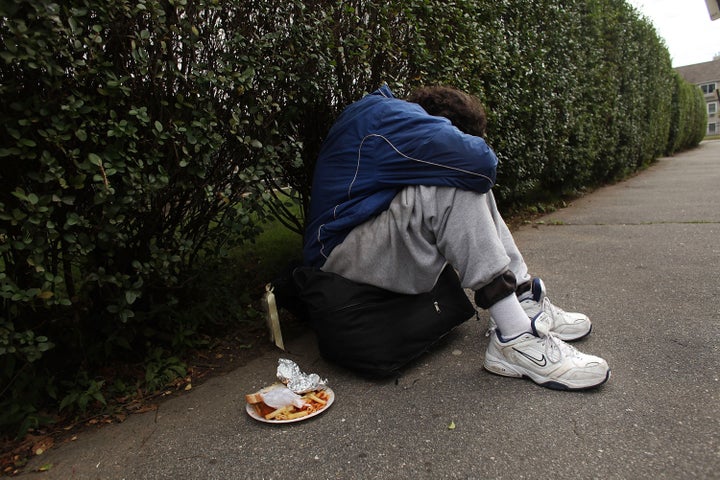
The rise in unemployment continues to prolong the hardship for millions of Americans, according to the latest update of the Huffington Post's Real Misery Index.
The index rose to 32.2 in August 2009, after peaking at 29.2 in July, largely due to the increase in the U6 unemployment rate, which tracks part-time workers looking for full-time employment and those who've given up looking for work. The index would be even higher if it weren't for a slight rebound in housing prices.
Rising unemployment -- and the accompanying increase in the number of Americans who have been out of work for more than 6 months (5.4 million as of September) -- threatens to diminish the chances of a speedy recovery.
"We're not at the beginning, and we're not at the end," American Bankers Association chief economist James Chessen told the Huffington Post's Shahien Nasiripour. "We're stuck in the middle of this cycle, and it's painful. I think it's a matter of working through the problems. The loans that were made that are problems today are loans that were made years ago. So it really is a matter of working through a difficult environment.
"The biggest issue affecting lenders today is the unemployment rate. Because not only does that affect consumer lending directly, but it impacts business lending as those consumers just don't have the income to buy the goods they did before."
Former Fed chairman Alan Greenspan told ABC News last weekend that prolonged unemployment translates into lost skills for the economy as a whole. "And people who are out of work for very protracted periods of time lose their skills eventually."
To formulate our index, which provides a better snapshot of the economy than the often-criticized misery index (inflation added to unemployment), we used a more accurate unemployment statistic (the U6 formulation), with the inflation rate for three essentials (food and beverages, gas, medical costs), and year-over-year percent changes in credit card delinquencies, housing prices, food stamp participation, and home equity loan deficiencies. We gave equal weight to the broad unemployment numbers and the combination of the other seven metrics (with housing prices having an inverse relationship to the index).